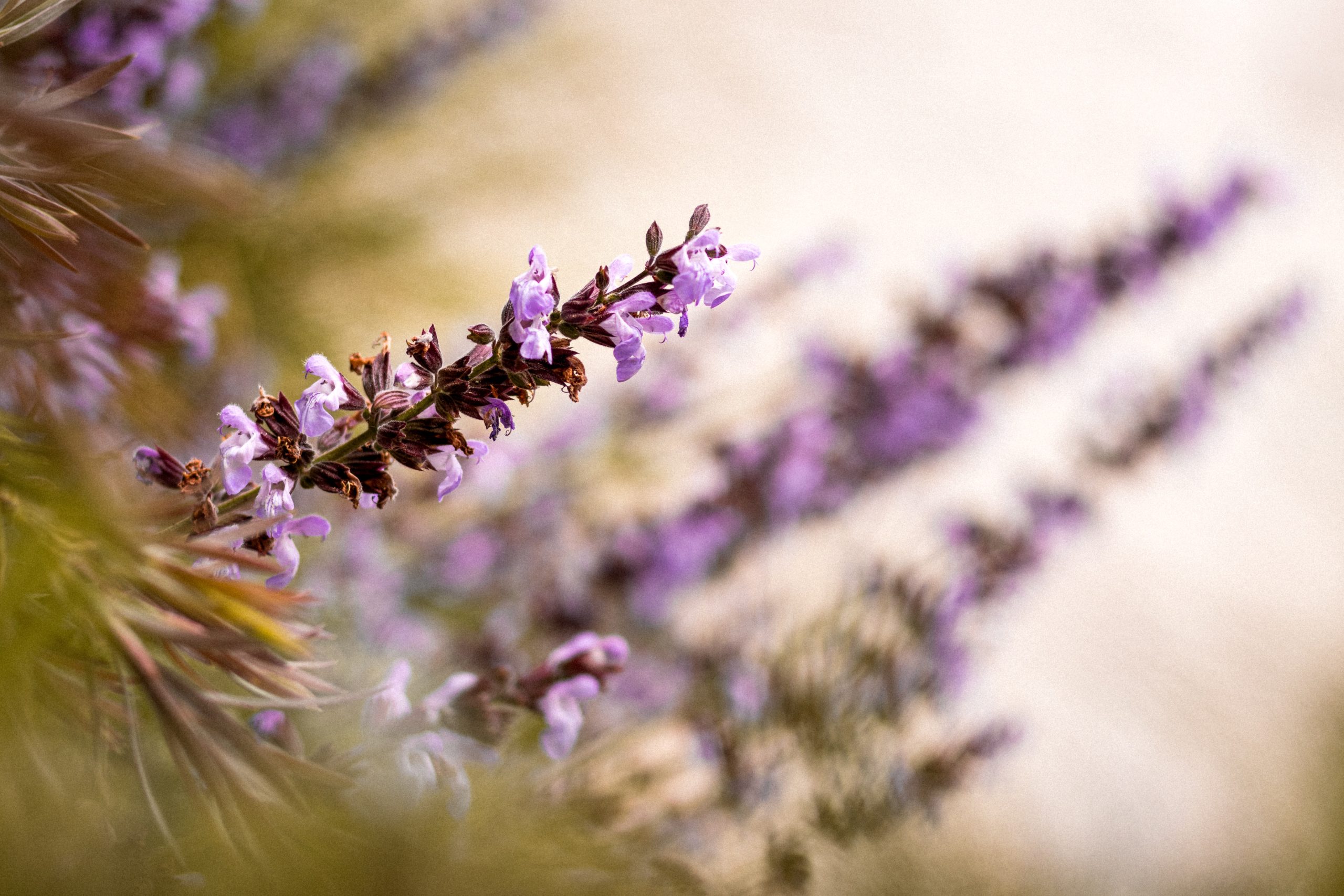Introduction
Medicinal plants have been used for centuries to treat various ailments and promote overall health and wellness. With the rise of modern medicine, the use of medicinal plants has taken a backseat. However, there has been a resurgence of interest in natural remedies, and many people are turning to medicinal plants to improve their health. In this beginner’s guide, we will explore the basics of medicinal planting, including how to grow and use herbs for health and wellness.
Choosing the Right Plants
The first step in medicinal planting is choosing the right plants. There are hundreds of medicinal plants to choose from, each with its unique properties and benefits. Some popular medicinal plants include lavender, chamomile, echinacea, and peppermint. When choosing plants, consider your specific health needs and goals. For example, if you suffer from anxiety, you may want to consider growing lavender, which has calming properties.
Growing Medicinal Plants
Once you have chosen your plants, it’s time to start growing them. Medicinal plants can be grown indoors or outdoors, depending on the plant’s specific needs. Most medicinal plants require well-draining soil, adequate sunlight, and regular watering. It’s essential to research each plant’s specific growing requirements to ensure that you provide the optimal growing conditions.
Harvesting and Using Medicinal Plants
After your plants have matured, it’s time to harvest them. The best time to harvest medicinal plants is in the morning when the dew has dried but before the sun is too high in the sky. The plant’s essential oils are at their highest concentration during this time, making it the ideal time to harvest.
Once you have harvested your plants, you can use them in various ways. Some popular methods of using medicinal plants include making teas, tinctures, and salves. To make a tea, simply steep the dried herbs in hot water for several minutes. To make a tincture, soak the herbs in alcohol for several weeks, then strain the liquid and store it in a dark bottle. To make a salve, mix the dried herbs with a carrier oil, such as coconut oil, and beeswax.
Safety Considerations
While medicinal plants can be beneficial for your health, it’s essential to use them safely. Some plants can be toxic if ingested or used improperly. Always research each plant’s safety considerations before using it. If you are unsure about a plant’s safety, consult with a healthcare professional or a qualified herbalist.
Conclusion
Medicinal planting is an excellent way to improve your health and wellness naturally. By choosing the right plants, providing optimal growing conditions, and using them safely, you can reap the benefits of medicinal plants. Whether you are looking to treat a specific ailment or promote overall health and wellness, medicinal plants can be a valuable addition to your health regimen.




